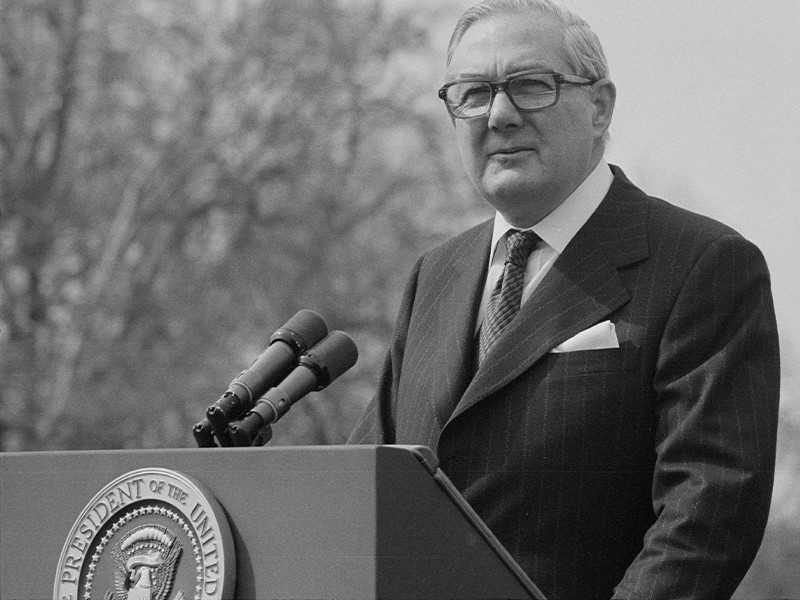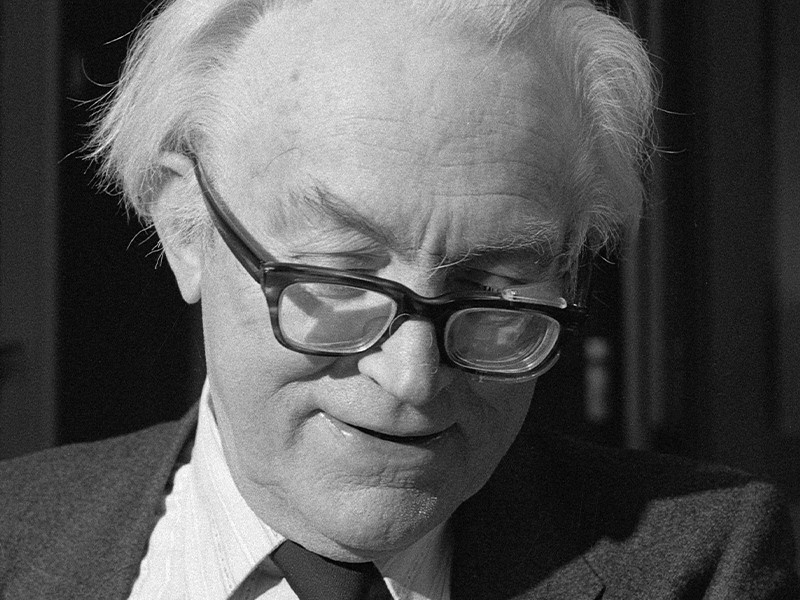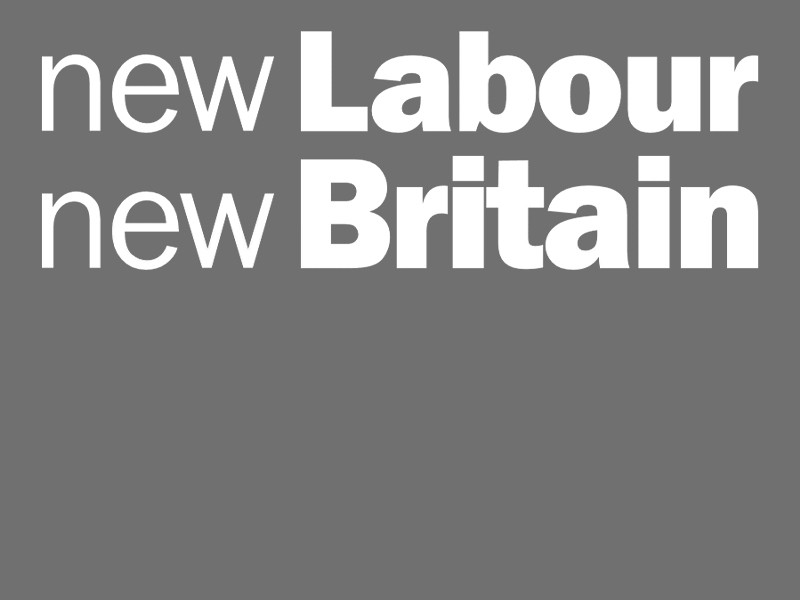
British Labour Party Papers, 1968–1994

Parliamentary Labour Party papers, 1968–1994
The years 1968 to 1994 were the most turbulent in the PLP's history. The grassroots of the party became very restless and challenged the MPs' over nuclear disarmament, South Africa, racial discrimination, Vietnam and homelessness.The Labour History Archive and Study Centre, Manchester
Access the full collection
Access the full archive of British Labour Party Papers, 1968–1994.
Institutional Free Trial
Start your free trialRegister for a free 30-day trial of British Labour Party Papers, 1968–1994, for your institution.
Institutional Sales
Visit Sales PagesellFor more information on institutional access, visit our sales page.
Single User License
Purchase a license below to view the full collection.
Already have a license? Sign in.
Learn about a tumultuous period in the history of both the Labour Party and the United Kingdom

The Labour Party was founded in 1900 to represent the interests of trade unions and working-class voters. In political terms, it has often been characterised as a “broad church”, encompassing a range of left and centre-left viewpoints.
This collection contains minutes of party meetings, Liaison Committee meetings, and Parliamentary Committee (Shadow Cabinet) meetings compiled by the Parliamentary Labour Party (PLP) during the period 1948-1994. These minutes cover a turbulent era in the party’s history, from the Harold Wilson and James Callaghan governments to years in opposition under Michael Foot, Neil Kinnock, John Smith, and Tony Blair.
The minutes provide an insight into the party’s often divided outlook on several important domestic and international political issues, including: nationalisation of key industries; Britain’s trade deficit; nuclear disarmament; Britain’s membership of the European Economic Community (EEC) and European Union (EU); Northern Ireland; the Falklands War; the miner’s strike; how to respond to Margaret Thatcher’s premiership; the balance of power within the party between members, trade unions, and MPs; and the emergence of New Labour and the Social Democratic Party (SDP).
Contents

Highlights
Insights
- The collection was curated in association with the Manchester-based Labour History Archive & Study Centre. The centre holds the complete records of the national Labour Party and Communist Party of Great Britain, archives of working-class organisations, personal papers of radical politicians, writers and activists, and over 95,000 photographs relating to the growth of democracy in Britain.
- The collection is largely comprised of minutes from meetings of the PLP, Liaison Committee, Parliamentary Committee (Shadow Cabinet), and Working Party on Standing Orders.
- The Liaison Committee ensured that Labour MPs were kept informed of government policy and business. The relevant minutes in the collection cover the governments of Harold Wilson (1968-1970 and 1974-1976) and James Callaghan (1976-1979).
- The Parliamentary Committee (Shadow Cabinet) minutes cover the party's time was in opposition, between 1970-1974 and 1979-1994.
- The Working Party on Standing Orders (WPSO) is an ad hoc body set up to examine issues relating to policy matters, as well as the constitution of the PLP and its relationship with the national and constituency Labour parties.
- Parliamentary Party meetings between 1969 and 1994 touch upon a range of topics, including apartheid in South Africa, the deportation of the American defectors from the CIA, and the resignation of Harold Wilson.
Unlock Historical Research for Your Institution
Provide your students and researchers with direct access to unique primary sources.
Related Media












